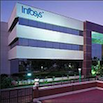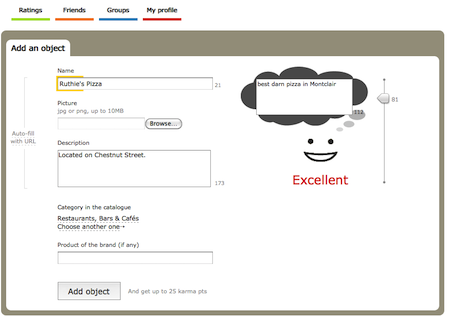Yesterday at the jQuery Conference held in Boston, Voxeo announced its new plugin that “turns any web browser into a multi-channel communications platform.” Called Phono (rhymes with Tropo), this is a pure client-side solution that is simple enough to implement: just a few lines of HTML and you have a working softphone embedded in a browser page.
I repeat: this is a client-side solution that, unlike Tropo and Twilio, doesn’t involve any server-side complexities. Voxeo’s cloud does all the communications control!
I suspect at more than a few startups next week, the words “Phono” and “Voxeo” will be found scribbled on whiteboards.
There are other tantalizing things about the announcement. More on page two.Continue reading



 Holy Heisenberg! Scientific American, the magazine better known for writing about dark holes and gene splicing, has editorialized earlier this month on the state of US broadband. While SA has in recent years taken on more topical subject matter, there opinionating on broadband was a bit of a surprise to this long-time reader.
Holy Heisenberg! Scientific American, the magazine better known for writing about dark holes and gene splicing, has editorialized earlier this month on the state of US broadband. While SA has in recent years taken on more topical subject matter, there opinionating on broadband was a bit of a surprise to this long-time reader.
 I practically did a spit take while drinking my coffee this morning and reading The New York Times story about a municipal broadband project in Tennessee. I learned that Chattanooga’s community owned power provider, EPB, has plans to offer up to 1 Gigabit per second to its fiber-to-the-home subscribers by the end of the year. True, that can cost you almost $350 per year (lower if you bundle in voice and video).
I practically did a spit take while drinking my coffee this morning and reading The New York Times story about a municipal broadband project in Tennessee. I learned that Chattanooga’s community owned power provider, EPB, has plans to offer up to 1 Gigabit per second to its fiber-to-the-home subscribers by the end of the year. True, that can cost you almost $350 per year (lower if you bundle in voice and video). Here I’ve been getting excited about new user interface niceties such as voice rec in Windows Phone 7 and Android, while completely missing the bigger picture. The National Science Foundation has announced it will be funding a NeuroPhone, “the first Brain-Mobile Interface (BMI).” This “high risk, exploratory research,” to be conducted at Dartmouth College, involves developing a consumer-level wireless EEG (electroencephalography) headset to interface with a mobile device. From what I can decipher from the proposal abstract, they will study ways to digitize and interpret brain wave activity.
Here I’ve been getting excited about new user interface niceties such as voice rec in Windows Phone 7 and Android, while completely missing the bigger picture. The National Science Foundation has announced it will be funding a NeuroPhone, “the first Brain-Mobile Interface (BMI).” This “high risk, exploratory research,” to be conducted at Dartmouth College, involves developing a consumer-level wireless EEG (electroencephalography) headset to interface with a mobile device. From what I can decipher from the proposal abstract, they will study ways to digitize and interpret brain wave activity.
 For Skype customers and just about anyone else who’s every typed phone numbers into a virtual dial pad, Gmail video and voice chat, even with its new ability to make free calls to cell and landlines, may warrant a big whoop. I had the dubious pleasure of retrieving voice mail through my email at some point in the late 1990s, so some of this telephony novelty has worn thin.
For Skype customers and just about anyone else who’s every typed phone numbers into a virtual dial pad, Gmail video and voice chat, even with its new ability to make free calls to cell and landlines, may warrant a big whoop. I had the dubious pleasure of retrieving voice mail through my email at some point in the late 1990s, so some of this telephony novelty has worn thin.